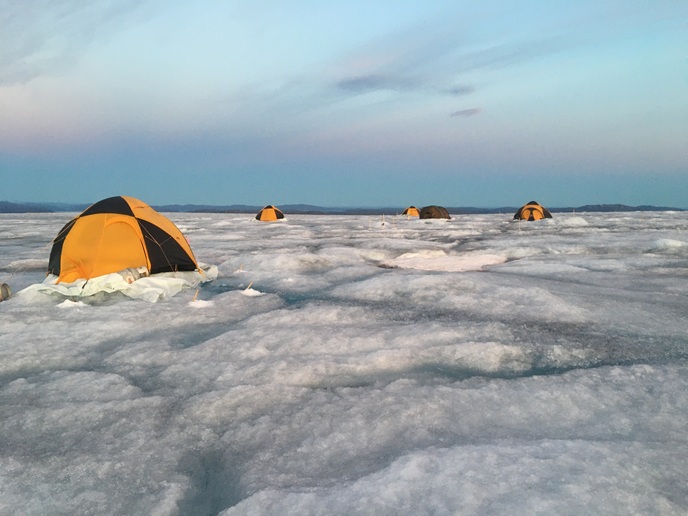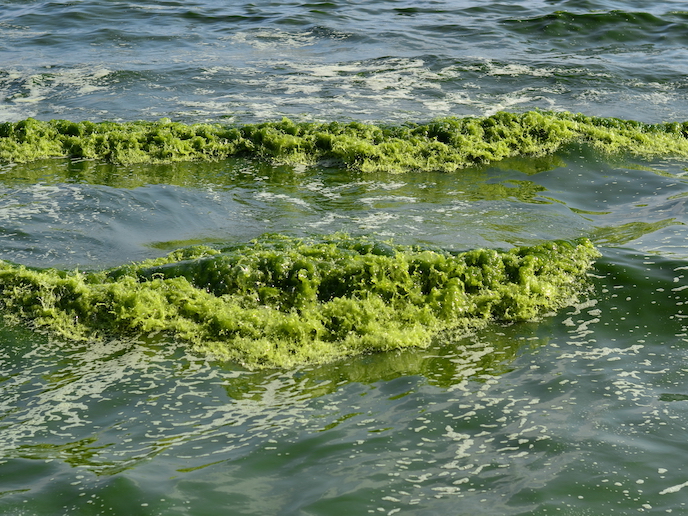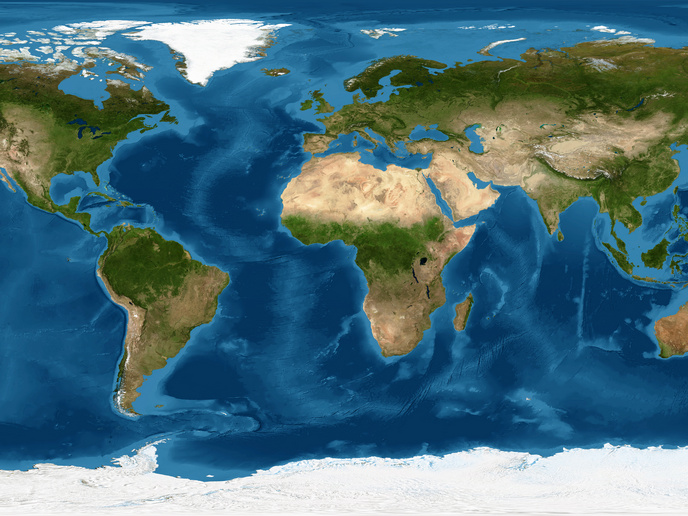Modelling tools for shellfish management
The mussel is an important part of Europe's booming aquaculture business. Mussels are filter feeders and thus especially sensitive to contamination of the coastal ecosystem. To accurately predict the impact on mussels and other shellfish of increased agricultural runoff that can cause eutrophication, highly advanced modelling tools are required. The Energy, Environment and Sustainable Development Programme funded the Netherlands Institute of Ecology and six partners to develop a reliable model. The problem the MABENE consortium faced was how to simultaneously model the multiple physical and biological processes influencing the shellfish. Their approach involved breaking the problem down into components and developing individual modules for each process. In addition to hydrodynamics, turbulence, waves, tides and Suspended Particulate Matter (SPM) dynamics, modules were also created to address nutrient cycles and levels, relating to phyto- and zooplankton and the mussels themselves. The individual modules can be interconnected in a number of different configurations, allowing the user to perform simulations in zero, one, two or three dimensions. Additional flexibility was incorporated by developing algorithms of varying complexity for each module. The Netherlands Institute of Ecology and its partners employed the open source concept of software development. The modelling tools were successfully tested out on the three MABENE research sites: Limfjorden, Denmark, Oosterschelde, Nederland and Ria de Vigo, Portugal. In the process, the members of the MABENE consortium acquired the necessary expertise and experience to apply the modelling tools to other coastal regions where shellfish are plentiful.







